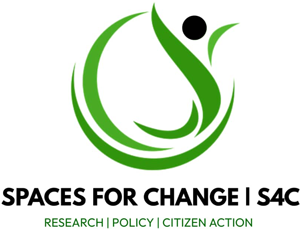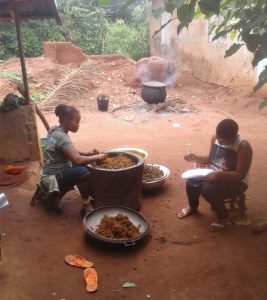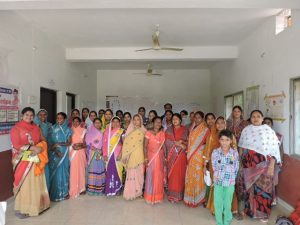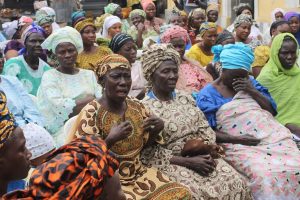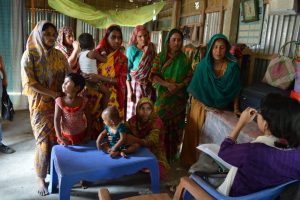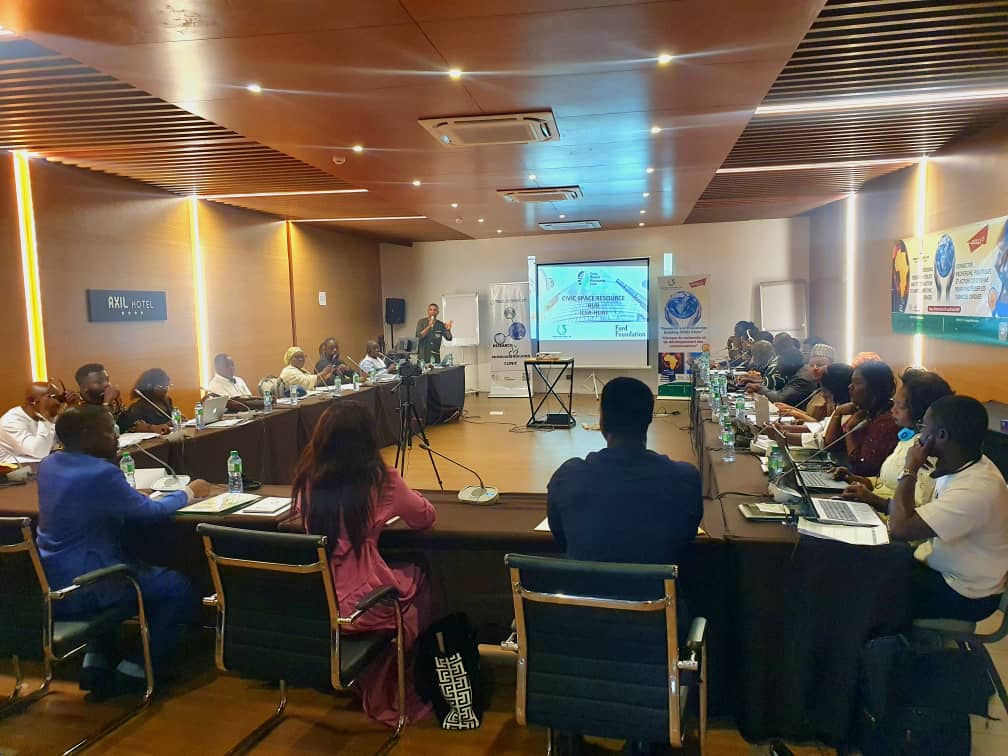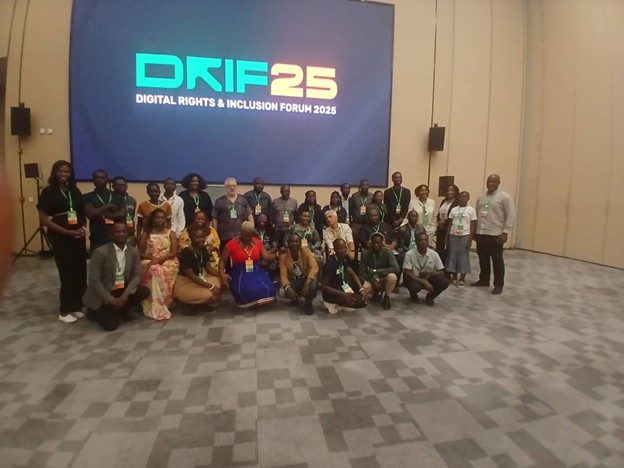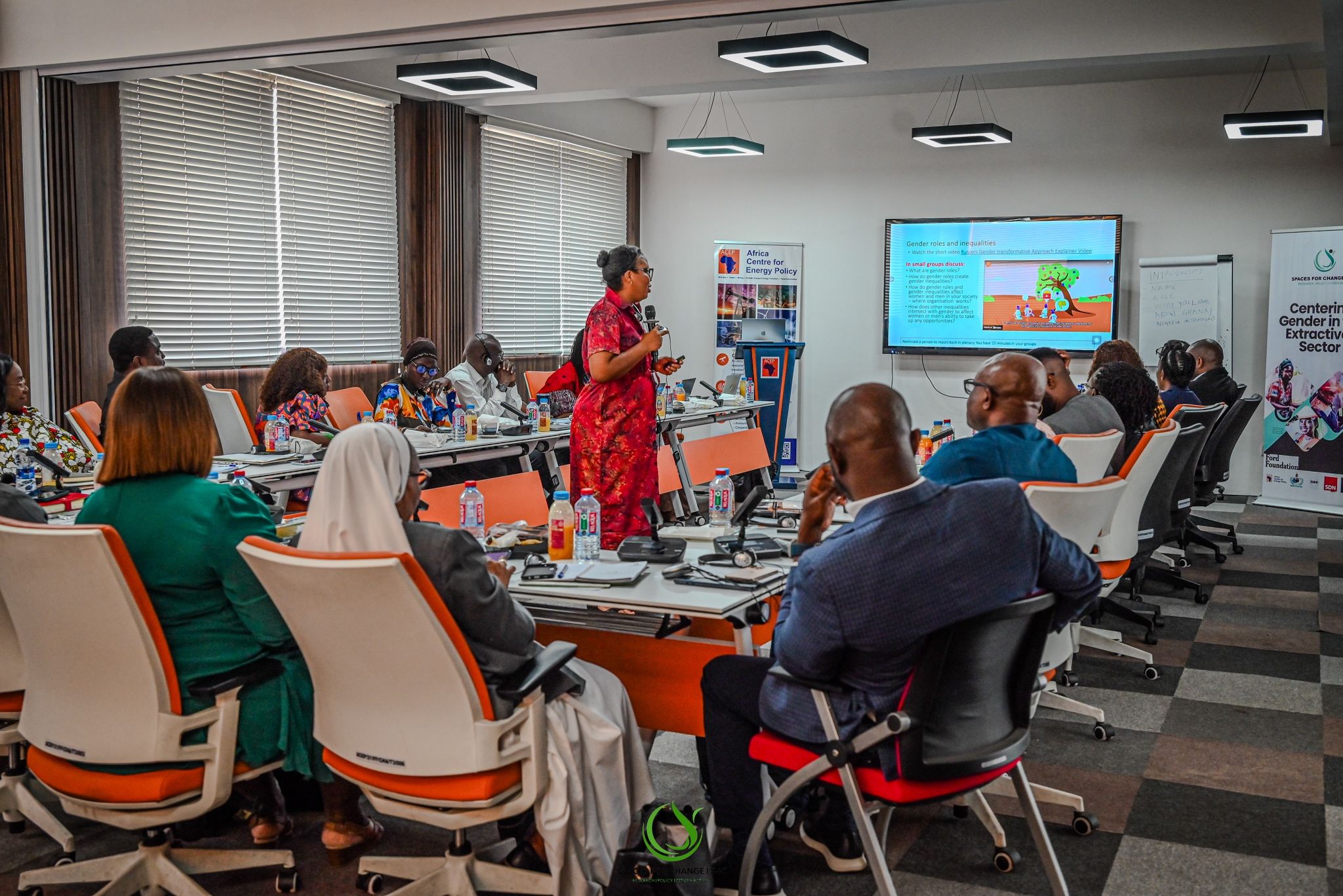Millions of dollars worth of fossil fuel subsidies could be better targeted by governments to benefit poor women. That’s according to recent research from the Global Subsidies Initiative of IISD, with ENERGIA and partners Spaces for Change, IRADe and Bangladesh Institute for Development Studies.
The research involved surveys with 2,400 households as well as focus group discussions in Bangladesh, India and Nigeria. An initial scoping phase included a review of 28 episodes of fossil-fuel subsidy reform, and research of secondary data in Indonesia.
Currently, governments globally spend the equivalent of USD 400 billion on subsidies. That’s around 10 times more than is needed to plug the universal education gap (USD 39 billion), around 7 times more than the global energy access gap (USD 56 billion) and more than enough to finance SDG health targets (USD 134-371 billion).
Overall, the research found fuel subsidies do not work well for poor women. A large share of subsidies accrues to wealthier segments of the population because those people have higher consumption levels and better access to energy. This effect is particularly strong for liquified petroleum gas (LPG), as the researchers found in India, but also for a ‘poor people’s fuel’ like kerosene, as observed in Bangladesh and Nigeria.
Subsidies do not guarantee lower fuel prices—and may even create price premiums by increasing fuel scarcity. Even in countries with fixed fuel prices, households were found to pay significantly more. In Nigeria, low-income women reported paying between two to six times more than the official price for kerosene, and in Bangladesh 14% more for kerosene. As a result, households in these countries were often not aware of the existence of a subsidy. These findings imply that any benefits from subsidies are even lower than previously estimated.
The burden of queuing for scarce cooking or lighting fuels frequently falls on women. In Nigeria, women reported queuing for hours and sometimes all day to get kerosene. In Lagos, Nigeria, 57 per cent of survey respondents preferred informal dealers for convenience and availability, despite higher prices and safety risks of adulterated fuel.
Not all subsidy schemes resulted in fuel scarcity, however. In India, Pratyaksh Hanstantrit Labh (PAHAL, formerly known as Direct Benefits Transfer for LPG) appears to have been successful in preventing large-scale illegal diversion of fuel, with very low rates of shortages or price premiums. However, the subsidy has still not reached everyone. In the states of Chhattisgarh and Jharkhand, almost half of the households surveyed did not use LPG and therefore did not benefit from the subsidy at all. Biomass remained a cheaper option for the poorest people in all three countries where the research focused, and many households continue to use biomass alongside LPG, so problems with indoor air pollution are not immediately resolved just by subsidizing LPG.
Connection subsidies directed at women could help
Better targeting of support for energy access is needed and could counteract some of the problems identified in the research. For example, connection subsidies can encourage gender empowerment around decisions to purchase new cooking equipment for LPG and overcome upfront connection costs. In India, the new LPG Pradhan Mantri Ujwala Yojana (PMUY) scheme aims to help women in low-income households switch to LPG. Such connection subsidies, however, also require good targeting. Only 48 per cent of PMUY beneficiaries were among the poorest 40 per cent of households. And PMUY relies on a poverty card identification system that is well known for having major errors of exclusion.
While these schemes are not perfect, some poor women are accessing subsidy benefits. Therefore, any attempt to remove or better target subsidies must be done with care, and mitigation measures are needed to protect poor women. Increasing the price of subsidised fuels without any support measures could cause additional hardship for poor women who are accessing subsidised fuels.
Poor women can be impacted by fuel price increases in several ways. In Bangladesh and India, around half of higher-income households report being able to absorb price increases (implying that there is still scope for better targeting). However, two-thirds of households in Bangladesh said they would reduce expenditure on both kerosene and other goods (such as food) if faced with a doubling of prices. With a 40-50 per cent price increase in India and Nigeria, the majority said they would reduce subsidized fuel consumption and/or revert to biomass.
Switching back to biomass has time and health implications for women, given they were found to be the primary cooks in all three countries surveyed. Women more frequently collect the wood or dung and are exposed to its smoke. Some households also reported secondary impacts such as a reduced ability for members to undertake activities that require lighting, such as studying and leisure time (e.g. in Bangladesh linked to kerosene).
Survey in Imo State, Nigeria
Women involved in focus group discussions, in Raipur, Tilda Block, India
Education and awareness are key
The research found other factors that could be significant for fuel switching and better access to cleaner fuels for women:
- Better-educated women are more likely to choose LPG (as in Nigeria).
- Existing patterns of decision making and purchasing power over energy choices within the household also need to be considered (educating men as well as women around energy choices).
- In Bangladesh, for example, women have the dominant role in household chores but men make the decisions on energy sources for lighting (46 per cent) and cooking (39 per cent). Furthermore, men also had the role of purchasing kerosene (94 per cent).
- Other likely important factors include improving the distribution or electricity system, especially to rural areas and to the poor, in order to provide alternatives to switch to. In India, large drives to expand LPG distribution have played an important role in enabling greater access. Culture (tastes and preferences) may still matter more (e.g. in Nigeria).
Women taking part in a Focus Group Discussion, Nigeria
Finally, investing in subsidy alternatives could empower women more directly. In Nigeria, surveyed households did not prioritise energy subsidies over other kinds of support. When asked what kind of government support households preferred jobs, health, financial support and education to access to modern energy. While households might undervalue the benefits of modern energy, this nevertheless raises the question whether the billions spent on an inefficient subsidy system might not be better spent on social protection programmes.
More diverse and technology-neutral subsidies, conditional on outcomes, may be more effective in achieving access, avoiding technology lock-in and fostering affordable solutions adapted to context. Energy policies should ensure that the right market incentives and structures are in place to cultivate new and renewable lighting and cooking technologies such as solar or grid electrification (to replace kerosene subsidies). Social policies may deliver better outcomes for women including social safety nets, health care, education or business loans for women.
Women talking about kerosene in Rangpur, Bangladesh
In terms of broad policy recommendations to governments, the research suggests that governments should:
- continue to phase out fossil fuel subsidies that do not support energy access or the target population. In particular, there is a need to phase out subsidies for kerosene, which is prone to large-scale diversion, is more costly than other lighting alternatives and is not clean-burning, whilst also ensuring there is a clean alternative to switch to;
- better target subsidies for fuels that are currently deemed necessary for sustainable energy access ensure more resources are available to efficiently help achieve SDG7 on energy access and to fund programmes that support women and promote gender empowerment;
- consider technology-neutral subsidy mechanisms that focus on outcomes not fuels and avoid technology lock-in;
- recognise that subsidy reform needs to be undertaken carefully, based on an impact analysis of effects on women alongside a robust package of measures to mitigate negative impacts of price increases; and
- use comprehensive strategies for energy access that recognise the importance of gender and incorporate it into policy design.
The full report can be downloaded from the HIVOS, ENERGIA website here.
